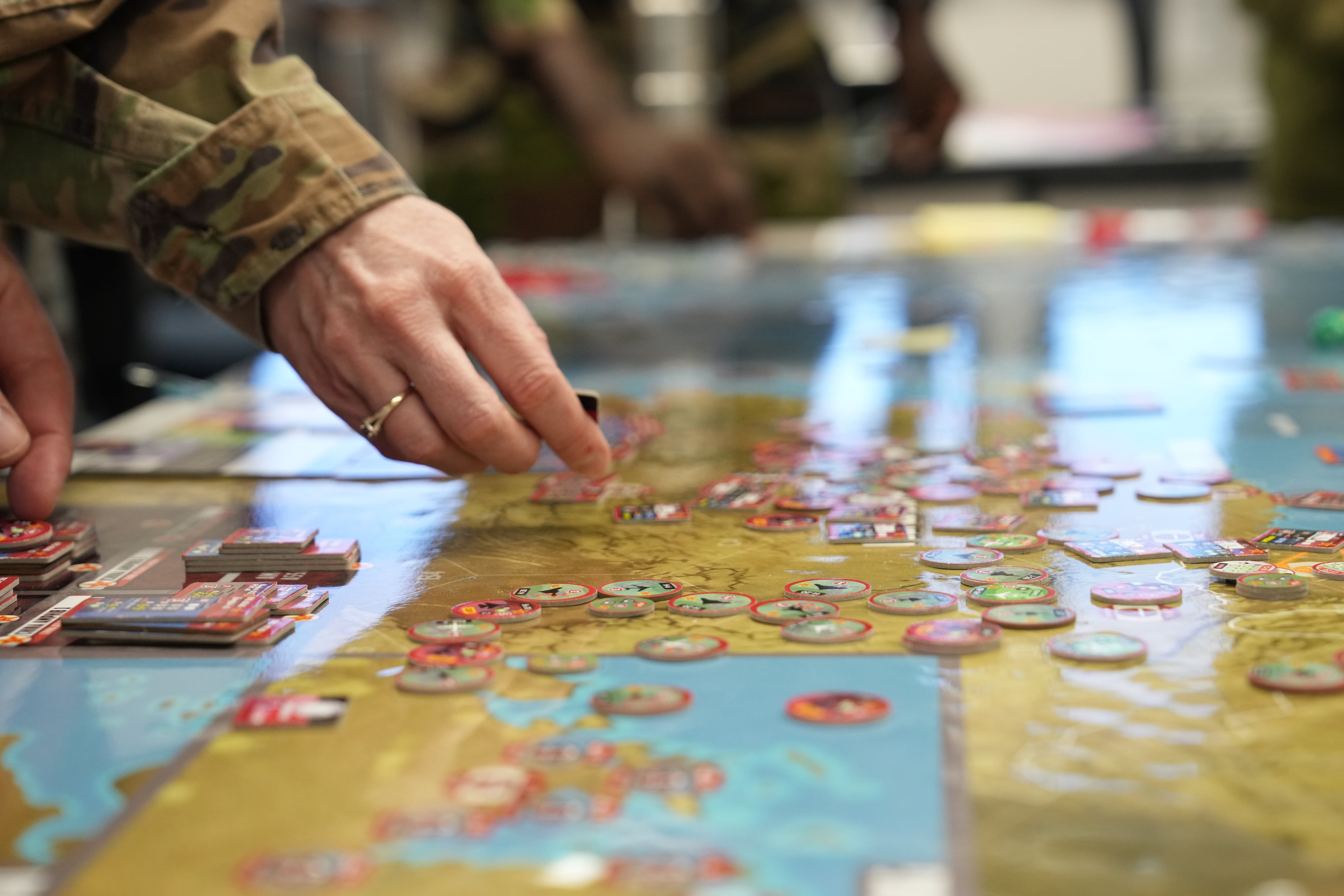ROME – The manufacturer of the four ground-based simulators Israel is buying for its M-346 jet trainers will run more smoothly thanks to software developed for the US Special Operations Command (SOCOM).
CAE, which is delivering the simulators, has designed them to use the so-called common database (CDB), which allows simulated visuals, radar, forward-looking infrared (FLIR) and computer generated forces to use information from one unified data base.
The firm originally worked on the architecture for SOCOM, starting in 2004, after which the command made the technology an open commercial standard for industry.
RELATED
Army seeks intel trainer
GEOINT market to reach $9.7 billion in 10 years
Making a simulator work off one database for its images of the world outside a cockpit sounds obvious, but the reality is more complicated. Simulators often require different databases to provide a view "out of the window," a radar image of the same landscape, a FLIR image and a view of forces on the ground.
If corrections or changes are required in a simulated reality, the change must be made separately in each database, risking errors that render radar images different from visual images, for example.
"Like most military customers, SOCOM was faced with full mission simulators that had three to four proprietary database formats, and they needed months to make any changes — time was the key," said Alan Brannan, director of engineering for CAE USA.
The CDB was developed as a unique representation of a synthetic world to be used by all the simulations running in the simulator, meaning that updating and correlating anything in the virtual world outside the simulator cockpit would take hours rather than months.
"Clients have told us that they had to re-create Afghan databases up to 30 times," said Brannan, who added that buyers of new CAE simulators were increasingly opting to take CDB architecture.
CAE has upgraded 12 helicopter simulators with CDB at Germany's Army Aviation School at Bueckeburg, and provided two Hawk 128 full mission simulators to the UK with the architecture.
The Turkish Air Force has also adopted it for its fighter and trainer aircraft simulators.
In Canada, CAE has provided CDB simulators for trainees on the CH-47 helicopter and C-130 transport and will convert existing Canadian simulators for the CH-146 helicopter and CP-140 Aurora maritime patrol aircraft to CDB architecture.
Before ordering CDB simulators for the M-346 jet trainer, Israel was using them for its F-16 training.
Not all customers have opted for it. The simulators CAE has provided for P-8 training by the US Navy are not using CDB architecture.
Brannan said a second advantage of CDB is that it allows different resolutions of imagery depending on the need of the pilot.
"You can create higher resolution virtual environments for helicopter pilots and lower for C-130 pilots who fly higher and may not need to see the leaves of a tree," he said.
Other firms are keeping their options open. An official at L-3 Link Simulation and Training said the company is using a number of open standard sources alongside CDB, including the US Navy's Navy Portable Source Initiative and the US Army's Digital Virtual Environment Data Base.
"This approach ensures maximum access to the large and ever-increasing database content available from non-proprietary formatted sources," said Frank Delisle, Simulation and Training vice president for engineering and technology.
"Other commercial digital data sources, for both terrain and multi-spectral imagery, are also routinely used, especially in our international markets," he added.
In Europe, a Thales spokeswoman said CDB had its downside and was not being used in simulators produced by the French firm.
Citing a "lack of flexibility," the spokeswoman argued that CDB "has not been designed for database interchange, which is a huge limitation for customers who would like to capitalize on their portfolio of database."
That, she added, was limiting the use of CDB in the military simulation market, as well as the video game industry. ■
Email: tkington@defensenews.com.
Digital Show Daily








